Real grass is a beautiful and natural addition to any outdoor space. It adds aesthetic value and provides environmental benefits such as oxygen production and carbon dioxide absorption.
Real grass can also help with erosion control and water conservation by absorbing rainfall and reducing runoff. However, maintaining real grass on a balcony can be time-consuming and costly, requiring regular mowing, watering, fertilizing, and pest control.
Growing grass on a balcony presents some unique challenges. While fake grass might seem like the easier option, real grass is almost always a better choice. Below we provide you guideline on how to grow and maintain real grass on a balcony. So without further ado, let’s dive into the details.
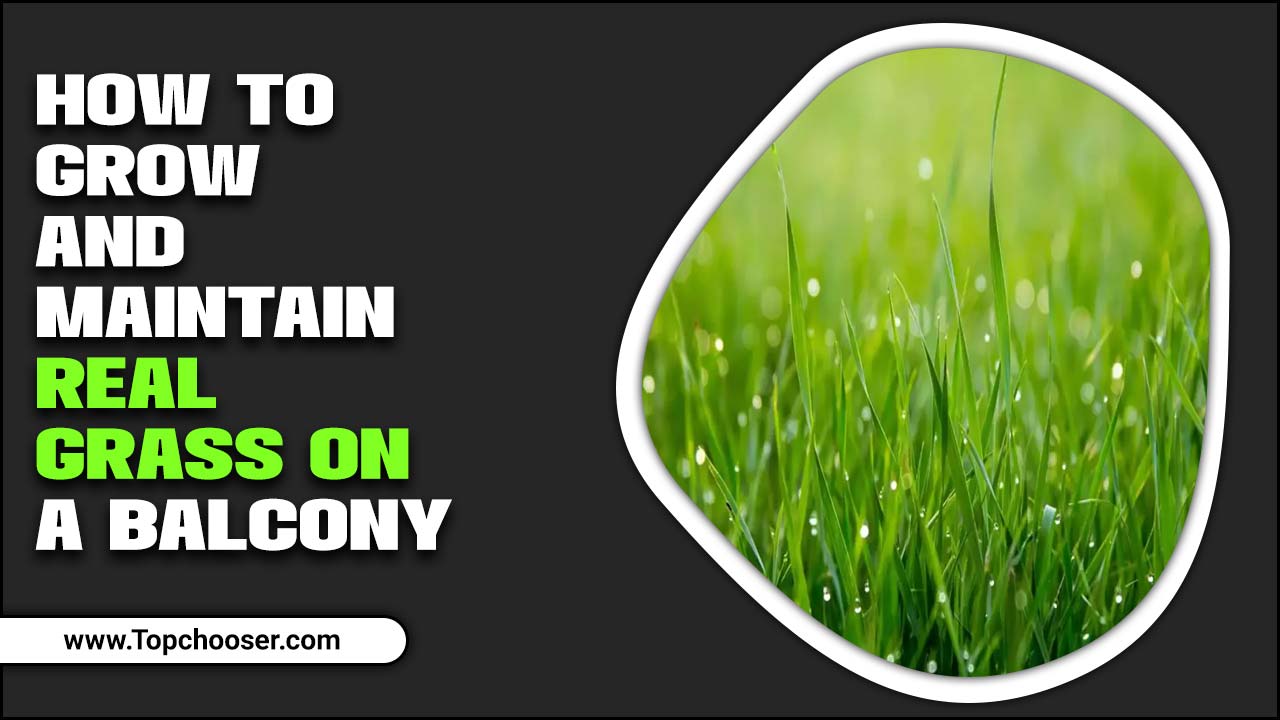
What Is Real Grass?
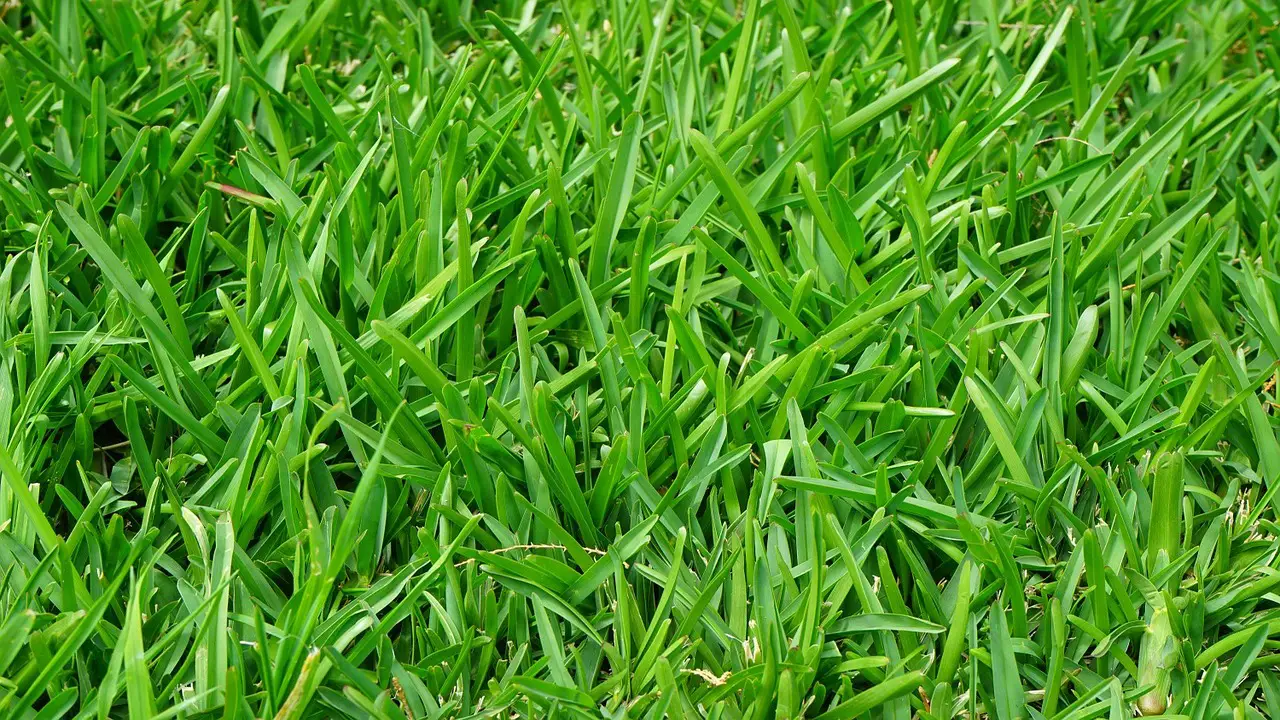
Real grass, also known as natural grass or live grass, refers to the type of grass that grows naturally in various environments. It characterizes by its green color, soft texture, and ability to create a lush and natural appearance in outdoor spaces. Real grass requires sunlight, water, and proper maintenance to thrive and stay healthy. It commonly use for lawns, parks, sports fields, and other landscaping applications.
Real grass offers numerous benefits for plants, including providing a natural habitat for insects and small animals, enhancing the aesthetic appeal of outdoor spaces, and contributing to air purification and cooling effects. Additionally, it can enjoy for recreational activities such as playing sports or simply walking barefoot. Overall, real grass remains a popular choice for those seeking a natural and vibrant look in their outdoor areas.
How To Grow And Maintain Real Grass On A Balcony – Full Process
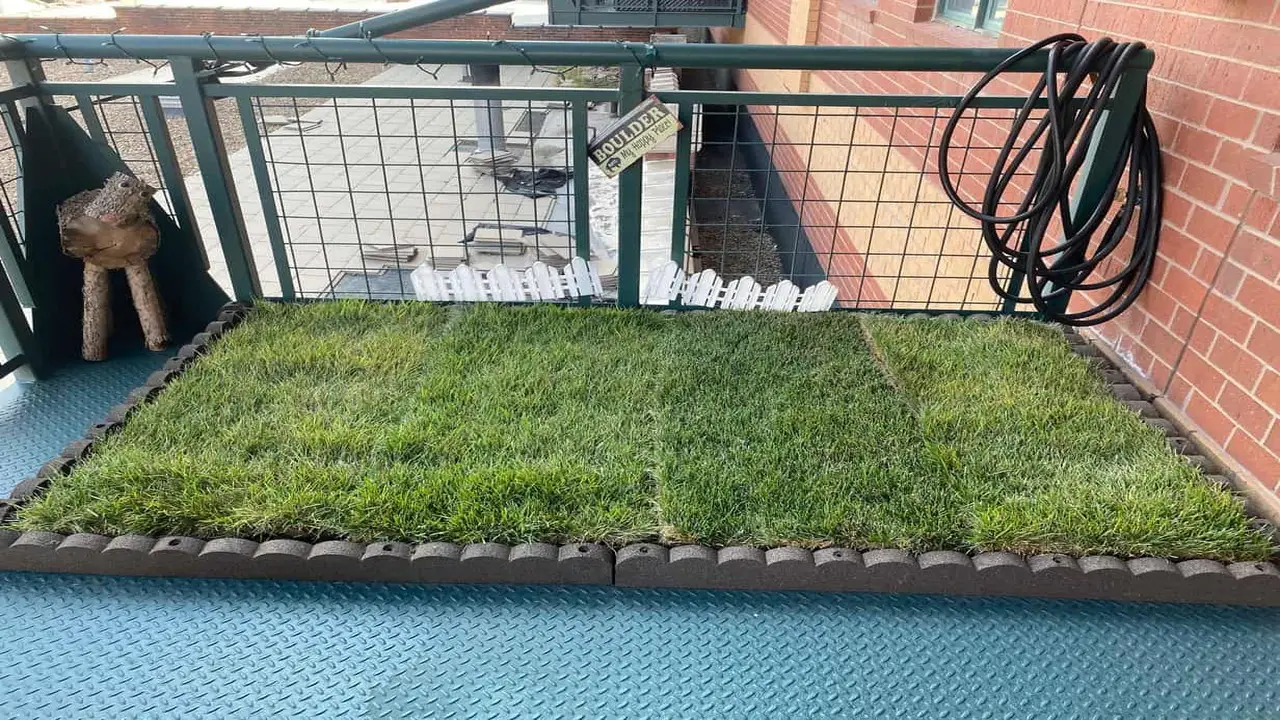
Growing and maintaining real grass on a balcony can be a challenging task, but it is definitely worth the effort for those who enjoy the beauty and freshness of natural greenery. There are several key factors to consider when attempting to grow and maintain real grass on a balcony. Here are 6 steps on how to grow and maintain real grass on a balcony:
1.Find A Suitable Container
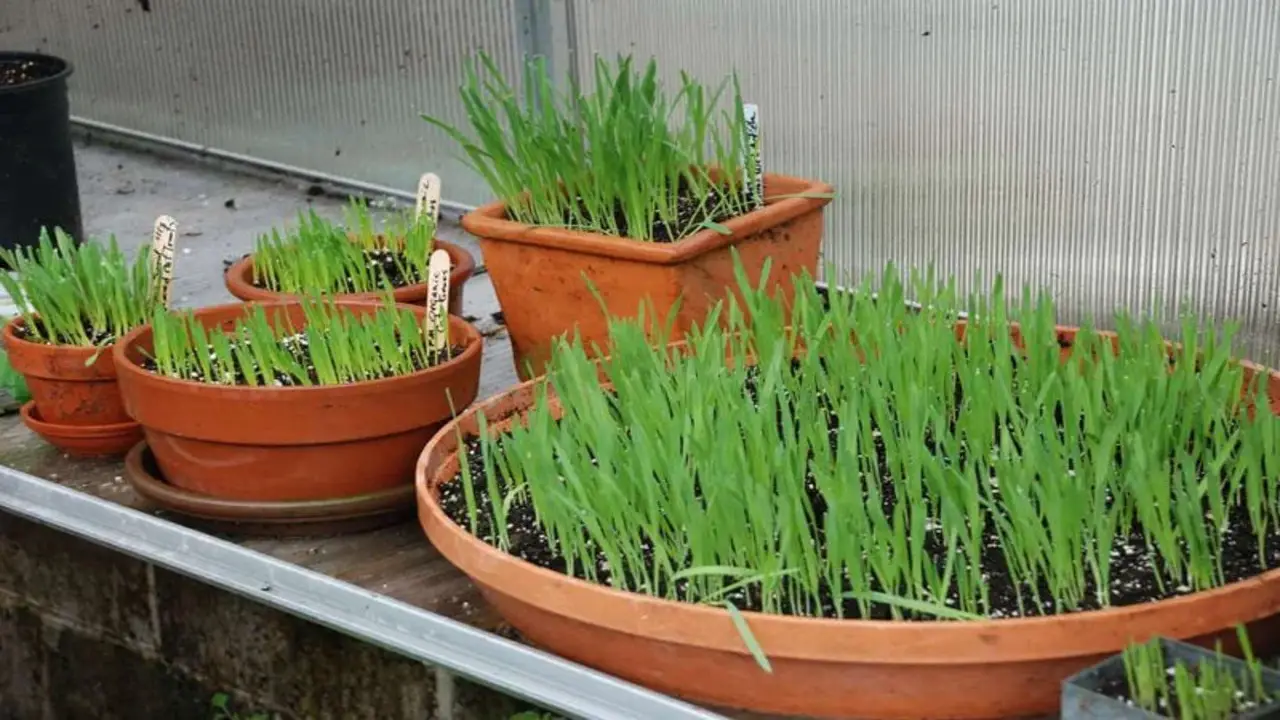
When growing and maintaining real grass on a balcony, it is essential to start with a suitable container. Look for a container that is spacious enough to accommodate the grassroots and has adequate drainage holes to prevent waterlogging. Consider using a planter box, a large pot, or even repurposing an old wooden crate. Ensure that the container is clean and free of any debris before proceeding to the next step.
2.Select The Appropriate Type Of Grass Seed
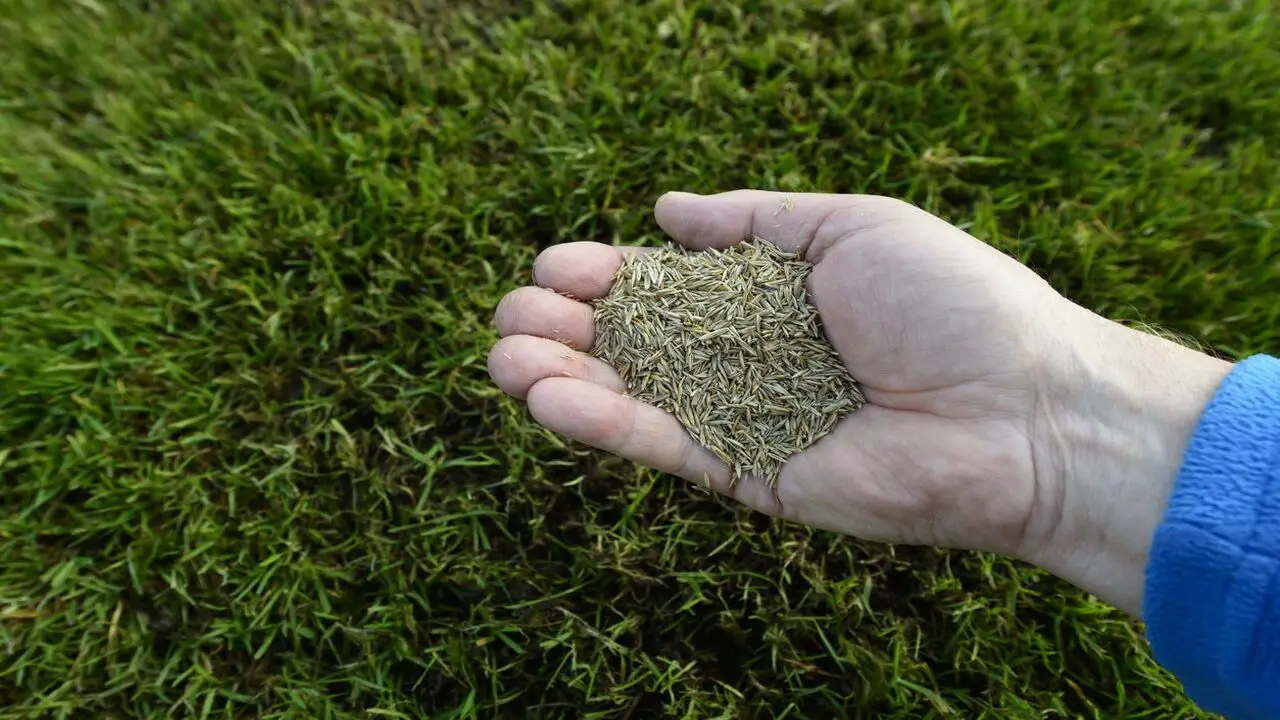
Before making a decision, consider factors such as the amount of sunlight your balcony receives, the climate in your area, and the amount of foot traffic the grass will be exposed to. If your balcony receives a lot of direct sunlight, opt for a grass seed variety that is known for its sun tolerance.
Bermuda grass or Zoysia grass are great options as they are known to thrive in conditions that are full of sun. On the other hand, if your balcony is mostly shaded, consider choosing a shade-tolerant grass seed like Fine Fescue or St.
3.Layer The Bottom Of The Container With
About a ½-1 inch layer of gravel or small pebbles to assist with water drainage. This will ensure proper drainage and prevent the soil from seeping through the cracks. You can use a layer of small rocks or pebbles, which will allow excess water to flow freely and avoid waterlogging the grassroots.
Another option is to use a geotextile fabric that acts as a barrier between the soil mix and the container, preventing soil erosion while still promoting drainage. Whichever material you choose, make sure it covers the entire bottom of the container evenly, creating a stable base for the grass to grow and thrive.
4.Cover The Pebbles With A Couple Of Inches Of Soil
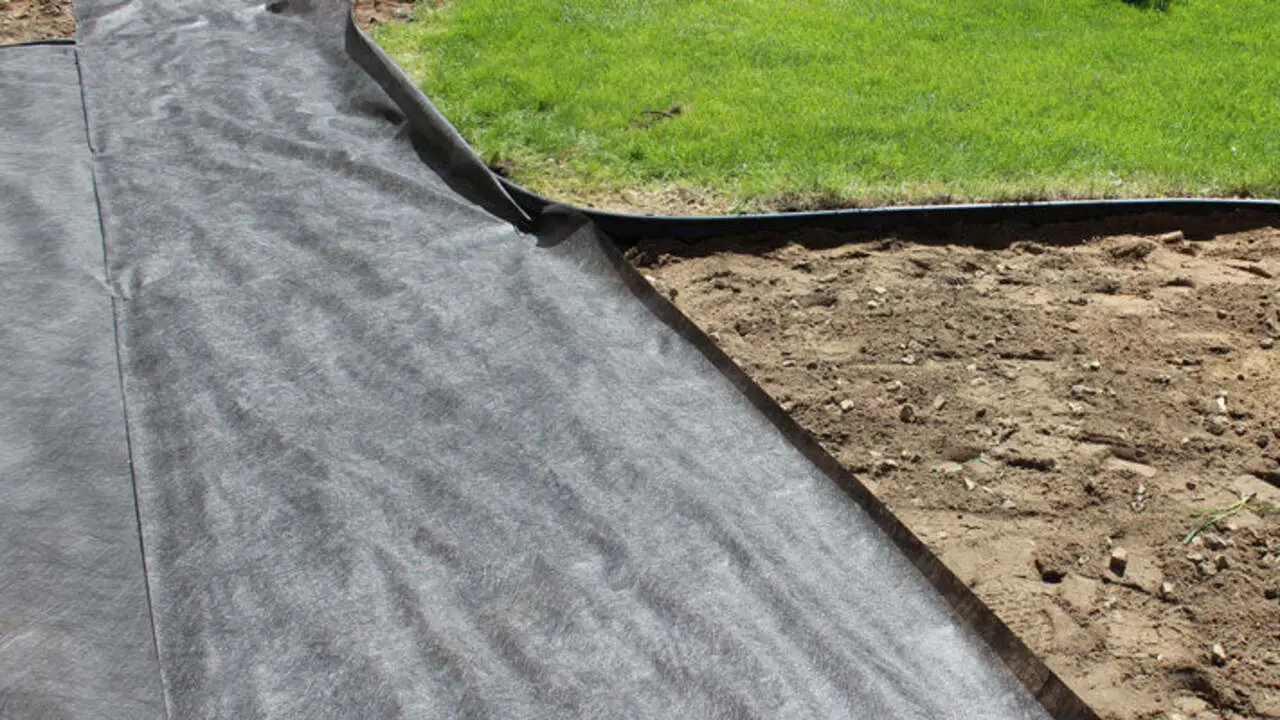
After placing the pebbles on your balcony, it’s time to cover them with a layer of soil. Make sure to spread the soil evenly, creating a uniform depth of a couple of inches. This layer of soil will provide a nutritious base for your real grass to take root and grow.
Be sure to choose high-quality soil that is well-draining and rich in organic matter. By adding this layer of soil, you are creating the ideal environment for your grass to thrive and flourish.
5.Sprinkle The Soil With Grass Seeds
Make sure to choose high-quality seeds suitable for the type of grass you desire. You can either scatter the seeds by hand or use a seed spreader for a more uniform distribution. Take care to cover the entire soil surface with the seeds, ensuring that no patches are left bare.
Once the seeds are scattered, lightly press them into the soil using the back of a rake or your hands. This will help to ensure good seed-to-soil contact, increasing the chances of successful germination. Avoid pressing too hard, as this can bury the seeds too deeply and inhibit their growth. After sowing the seeds, gently water the bags of soil using a fine mist or a gentle spray.
6.Press The Seeds Slightly Into The Soil
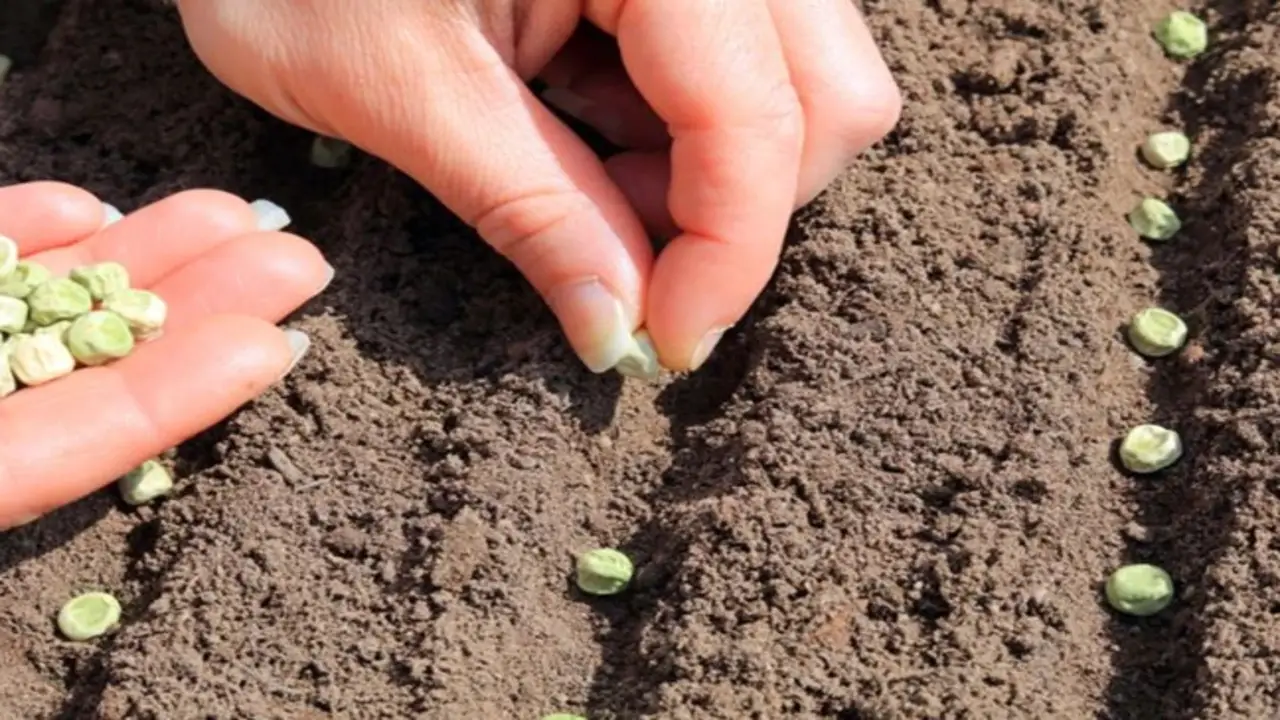
After spreading the grass seeds evenly across the soil on your balcony, gently press them slightly into the soil. This will help ensure that the seeds make good contact with the soil and increase the chances of successful germination. Use the back of a rake or your hands to lightly press down on the seeds, being careful not to bury them too deep.
The goal is to create a firm but gentle connection between the seeds and the soil, allowing them to absorb moisture and nutrients effectively. Taking this step will promote healthy growth and improve the overall establishment of your real grass on the balcony.
Grass Type
There are a few things to consider before choosing the perfect grass type for your balcony. Grass type refers to a classification of plants that are characterized by their long, narrow leaves and ability to grow in dense mats or tufts.
This type of plant is commonly used for lawns, sports fields, and other areas where a uniform ground cover is desired. There are many different types of grasses, each with its own unique characteristics and growing requirements. Here are the list:
- Bermuda Grass
- Kentucky Bluegrass
- Zoysia Grass
- Fescue Grass
Fertilizer Requirements
Regarding fertilizer requirements, it is important to consider the specific needs of your plants. Different plants require different levels of nutrients, and using the wrong type or amount of fertilizer can actually harm your plants rather than help them.
In general, fertilizers are divided into two categories: macronutrients and micronutrients. Macronutrients include nitrogen, phosphorus, and potassium, which are required in larger quantities by plants. Micronutrients include iron, zinc, and manganese, which are needed in smaller amounts.
Before applying any fertilizer to your plants, it is important to test your soil to determine its nutrient content and pH level. This information can help you choose the right type of fertilizer and apply it at the appropriate rate for optimal plant growth and health measures against pests.
Trim And Maintain The Grass To Keep It Looking Neat And Healthy
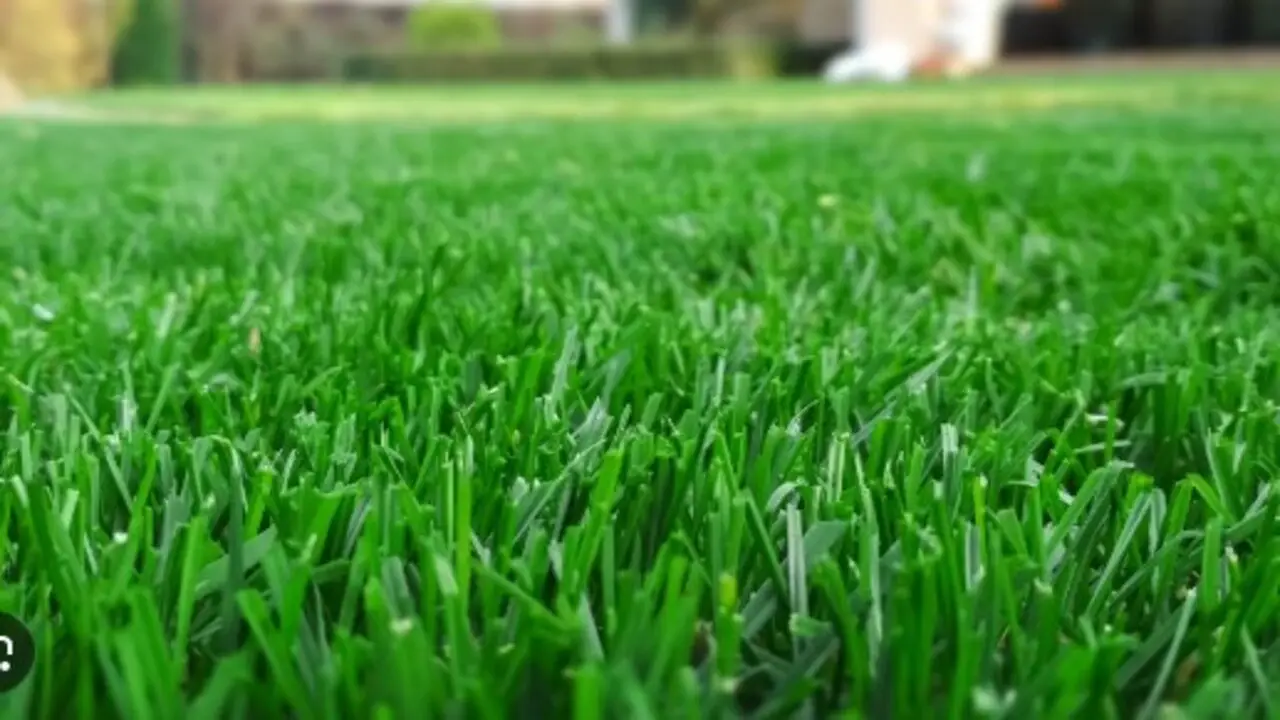
To keep your balcony grass looking neat and healthy, regular trimming and maintenance are key. Trimming the grass helps to promote healthy growth and prevents it from becoming overgrown and unruly. Use a sharp pair of scissors or a lawn mower specifically designed for small spaces to trim the grass to the desired length.
Additionally, be sure to remove any weeds or unwanted plants that may sprout up in your grass. Regularly watering and fertilizing the grass will also help to maintain its health and vibrant green color. By following these simple steps, you can enjoy a beautiful and lush balcony lawn all year round.
Why Laying Sod Is Better For Growing & Maintaining Real Grass On A Balcony
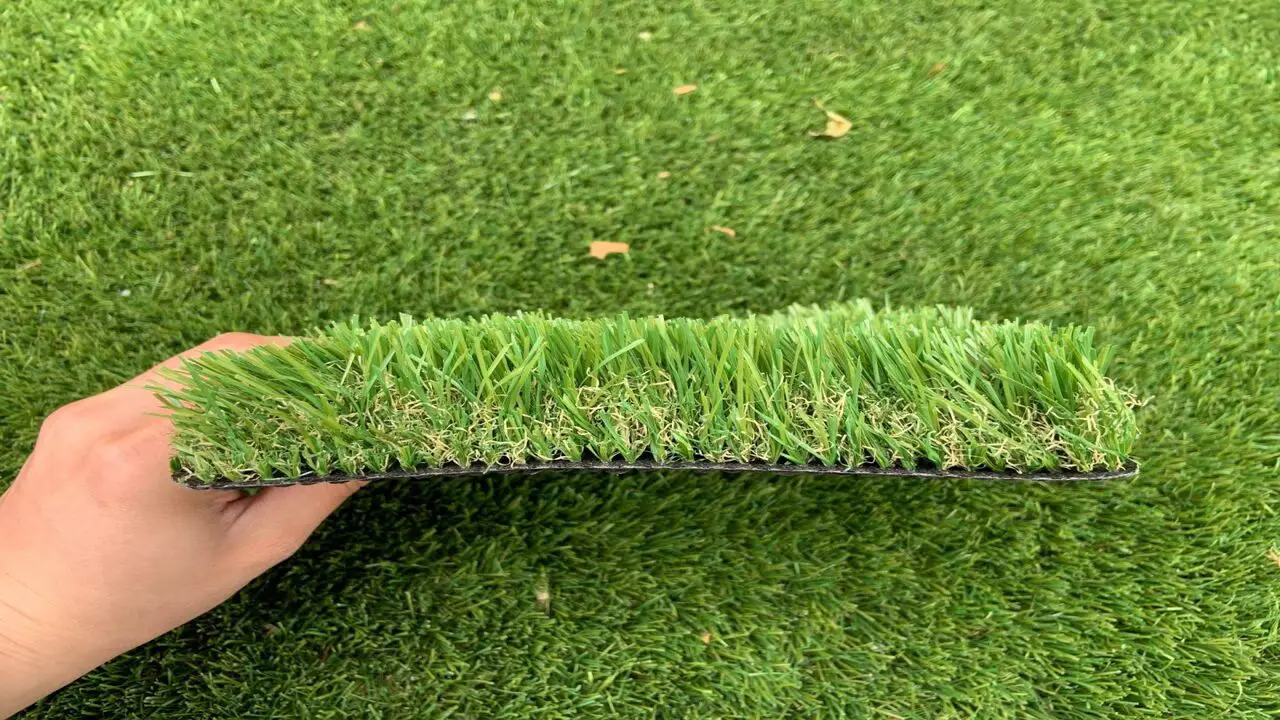
Sod is essentially pre-grown grass that is already mature and ready to transplant. This makes it much easier to establish a healthy and vibrant lawn on your balcony. Sod also has a much higher success rate than traditional grass seed, which can be difficult to grow and maintain in a limited space. Additionally, you can install sod at any time of the year, allowing you to enjoy a lush green space on your balcony, no matter the season.
Another benefit of using sod is that it creates a more uniform and aesthetically pleasing appearance. Sod provides a consistent look and feel, unlike grass seed which can result in patchy and uneven growth. This is especially important when growing grass on a balcony, in limited space, and where every inch counts.
Conclusion
Growing and maintaining real grass on a balcony can add a touch of nature and beauty to your outdoor space. With the right knowledge and care, you can create a lush green oasis that brings joy and relaxation. By following the steps on how to grow and maintain real grass on a balcony, you will be well-equipped to successfully grow and maintain real grass on your balcony.
From choosing the right type of grass to providing adequate sunlight, water, and nutrients, each step is essential for creating a thriving lawn. So go ahead, transform your balcony into a mini garden retreat and enjoy the beauty of real grass right outside your door.
Frequently Asked Questions
[rank_math_rich_snippet id=”s-dbbb827d-8dd6-4c45-9465-0d47783bf06b”]

I am passionate about home engineering. I specialize in designing, installing, and maintaining heating, ventilation, and air conditioning systems. My goal is to help people stay comfortable in their homes all year long.

